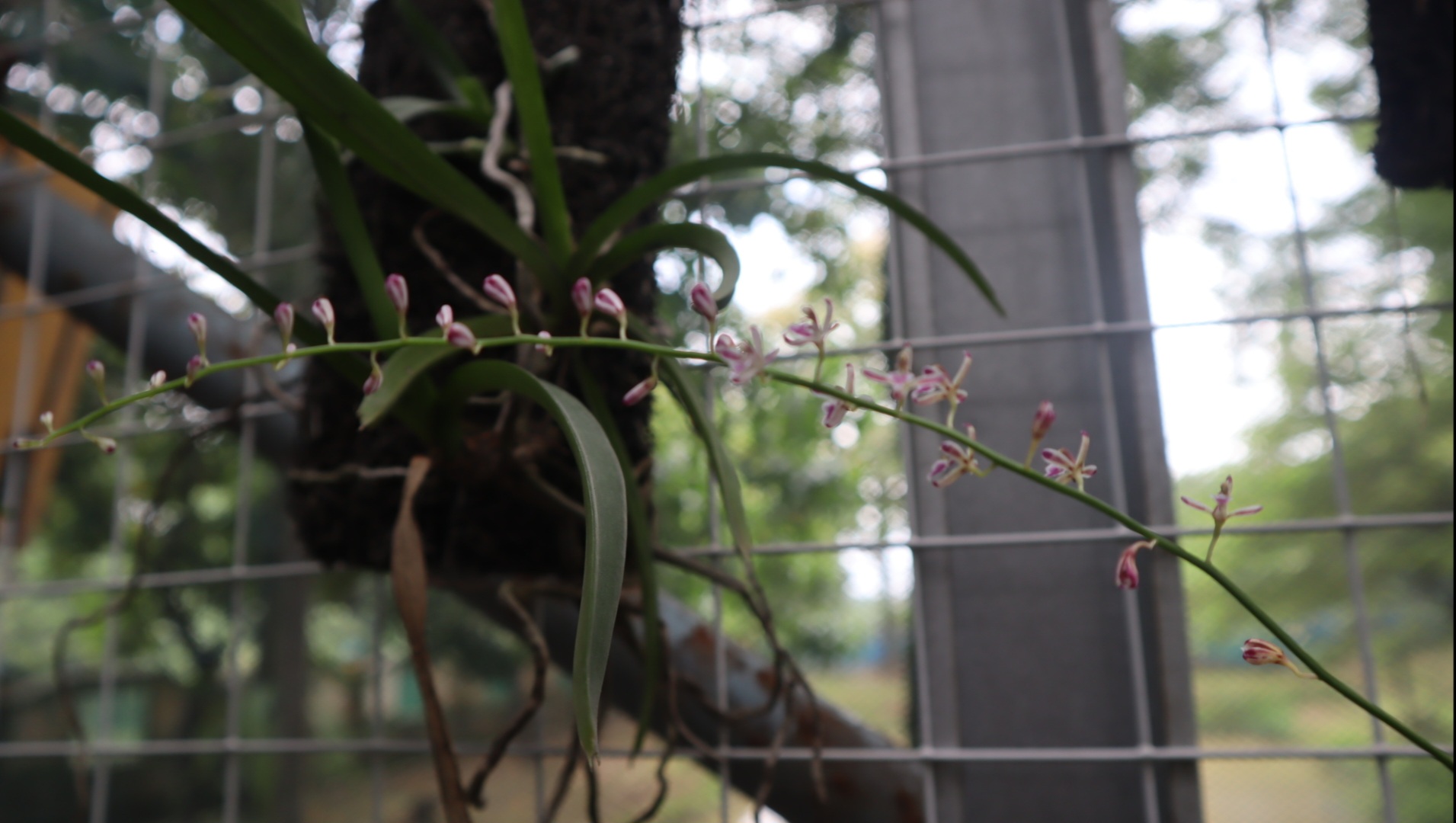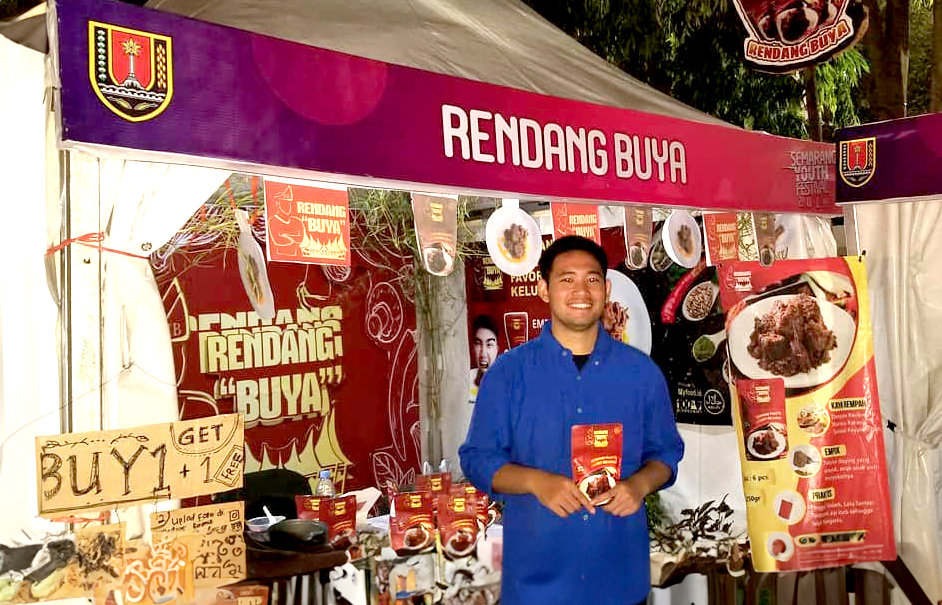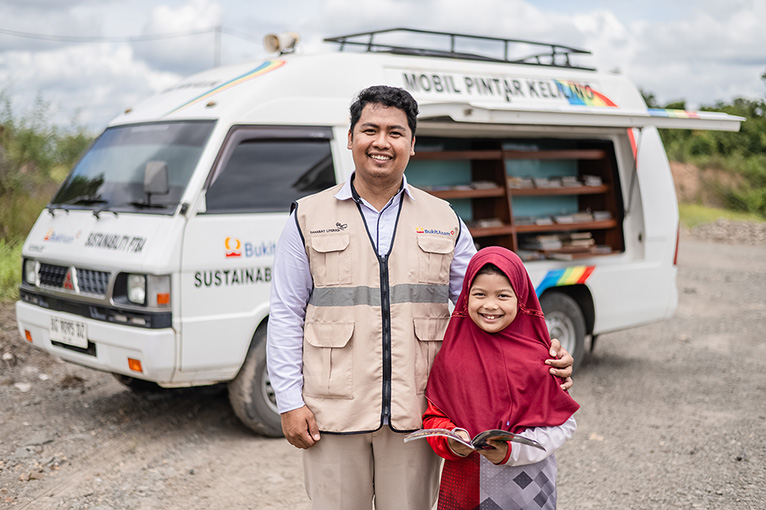 The tropical forests of South Sumatra are home to a variety of orchid species, including the onion orchid (Acriopsis lilifolia). This orchid features small flowers in shades of purple and white, with a bulb resembling an onion and lanceolate, non-fleshy leaves.
The tropical forests of South Sumatra are home to a variety of orchid species, including the onion orchid (Acriopsis lilifolia). This orchid features small flowers in shades of purple and white, with a bulb resembling an onion and lanceolate, non-fleshy leaves.Another species is the squirrel tail orchid (Rhynchostylis retusa), which produces small, clustered flowers with a white base color and light purple spots, along with a distinctive fragrance and elongated green leaves.
There is another species, the pencil orchid (Luisia javanica), which often attaches to large trees. Its small flowers are light yellowish-green with a red labellum. The stem is round, elongated, and green, turning brown with age. The leaves are green, fleshy and have pointed tips.
Orchids are a type of flowering plants with many different species, thriving in wet tropical regions. Indonesia, known for its vast tropical rainforests, is home to numerous endemic orchid species. This rich floral diversity is also found in the forests within the Mining Business Permit (IUP) areas of PT Bukit Asam Tbk (PTBA).
Since 2019, PTBA has partnered with the South Sumatra Natural Resources Conservation Agency (BKSDA) to implement the Orchid Rescue and Release program. The initiative aims to protect the orchid population and preserve their genetic diversity, safeguarding them from the threats of poaching and deforestation in areas where they naturally grow.
"When we open a mining area, we first ensure the preservation of the flora within it, including the various orchid species found there. This is one example of the best mining practices (Good Mining Practice) that we consistently follow in providing a Sustainable Energy for the Country," said Amarudin, VP of Environmental Management and Mining Support at PT Bukit Asam Tbk (PTBA).
Together with the South Sumatra BKSDA, PTBA's environmental management team carefully explores the forest to rescue orchids. The process of rescuing these orchids requires precision, expertise, and special skills.
Finding orchids in the forest is no easy task. These plants are often found on tall trees, camouflaged among the branches for epiphytic species, or resemble grass for terrestrial varieties. There is also the pencil orchid (Luisia javanica) that resembles tree branches.
After being taken from the forest, the orchids are transferred to the orchid breeding greenhouse at PTBA nursery park. The greenhouse is equipped with a transparent UV plastic roof that shields the orchids from direct rain while allowing sunlight to filter through. The walls are covered with dense nets (waring) to prevent pests from entering while ensuring proper air circulation.
Inside the greenhouse, there is a pond to regulate the humidity in the orchid-growing area. The greenhouse is designed with these facilities to create an ideal environment for the orchids to grow, allowing the rescued plants to thrive and adapt successfully.
In the greenhouse, orchids are planted on fern board media or soil, depending on the species. Once they have successfully adapted, the orchids are propagated through tissue culture and cuttings. Afterward, they are replanted (released) in the forest within PTBA's reclamation area.
"We release the orchid seedlings that have been bred and plant them during the rainy season to ensure they remain moist, which helps accelerate root growth. Around 85 percent of the orchids we release successfully thrive," said Amarudin.
For reference, the orchid rescue efforts were conducted within the PTBA concession area, including Muara Tiga Besar Utara, Mahayung, and Banko Tengah, as well as outside the PTBA IUP area, in locations such as Pulau Panas, Tanjung Sakti, and Segamit.
To date, PTBA has rescued over 80 orchid species and released 86 specimens from three different types. These orchids were replanted in the Muara Tiga Besar Selatan reclamation area and the Tanjung Enim Zoo & Jogging Track.







